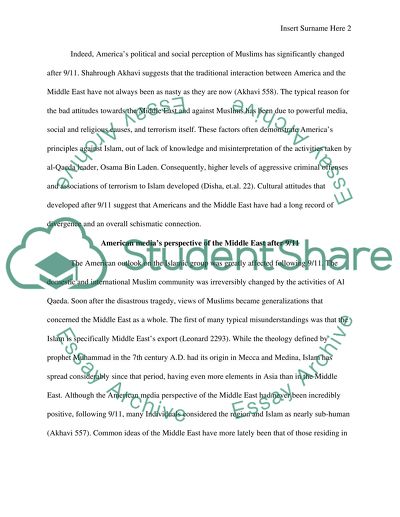Cite this document
(“How the American Media represents the Middle East Research Paper”, n.d.)
Retrieved from https://studentshare.org/sociology/1661996-how-the-american-media-represents-the-middle-east
Retrieved from https://studentshare.org/sociology/1661996-how-the-american-media-represents-the-middle-east
(How the American Media Represents the Middle East Research Paper)
https://studentshare.org/sociology/1661996-how-the-american-media-represents-the-middle-east.
https://studentshare.org/sociology/1661996-how-the-american-media-represents-the-middle-east.
“How the American Media Represents the Middle East Research Paper”, n.d. https://studentshare.org/sociology/1661996-how-the-american-media-represents-the-middle-east.


